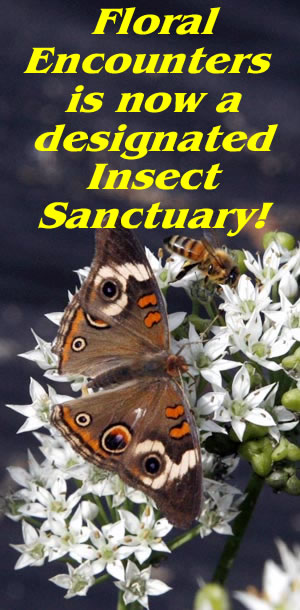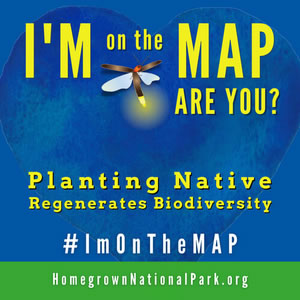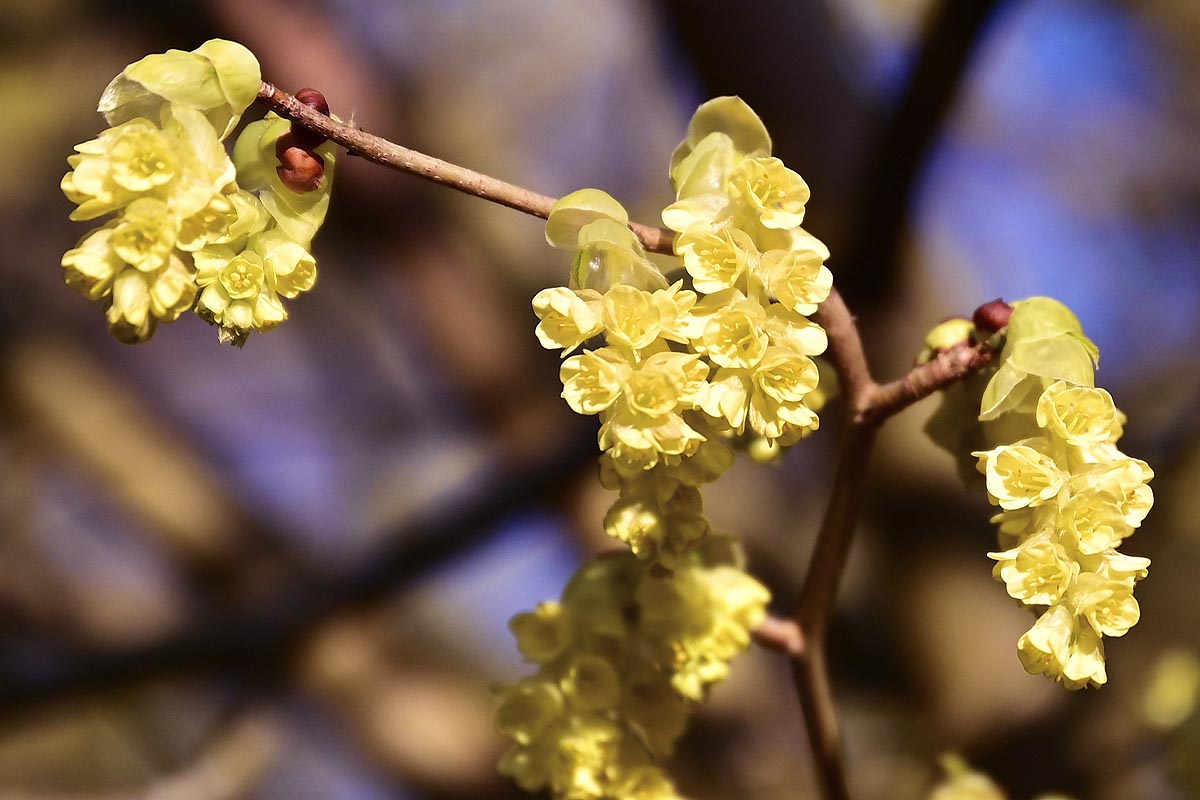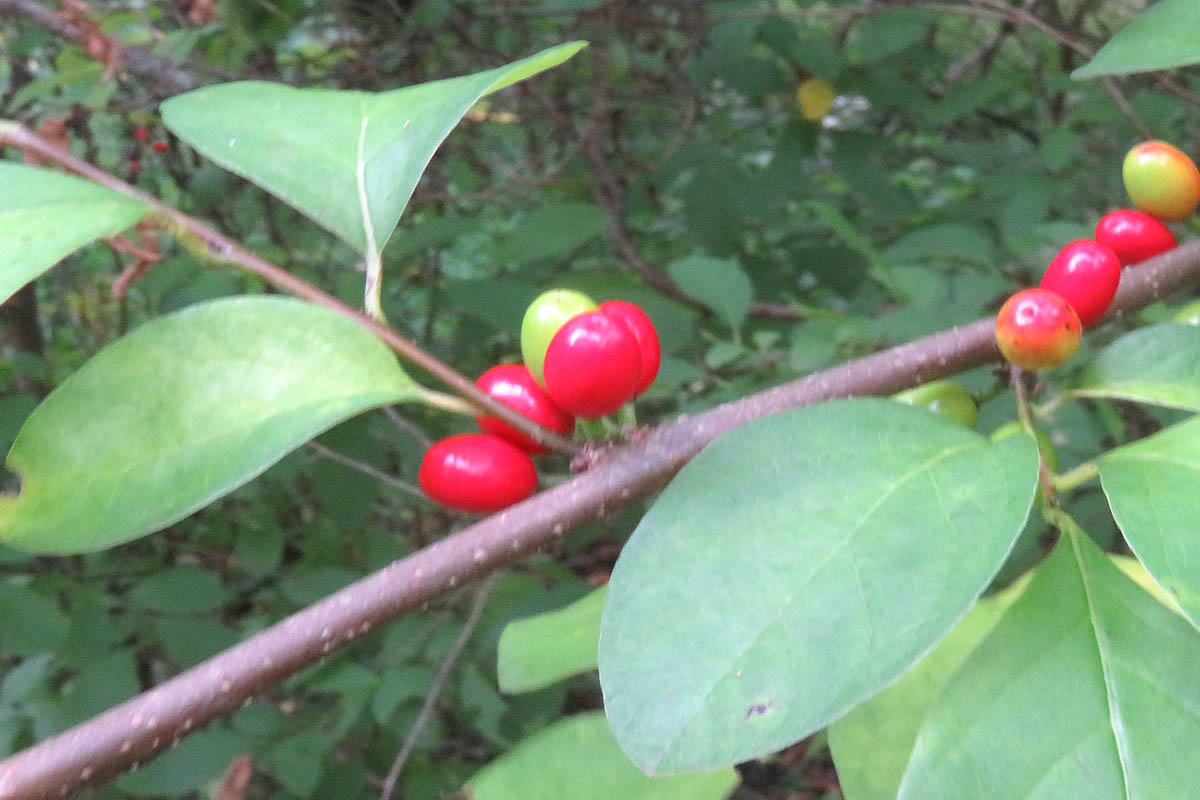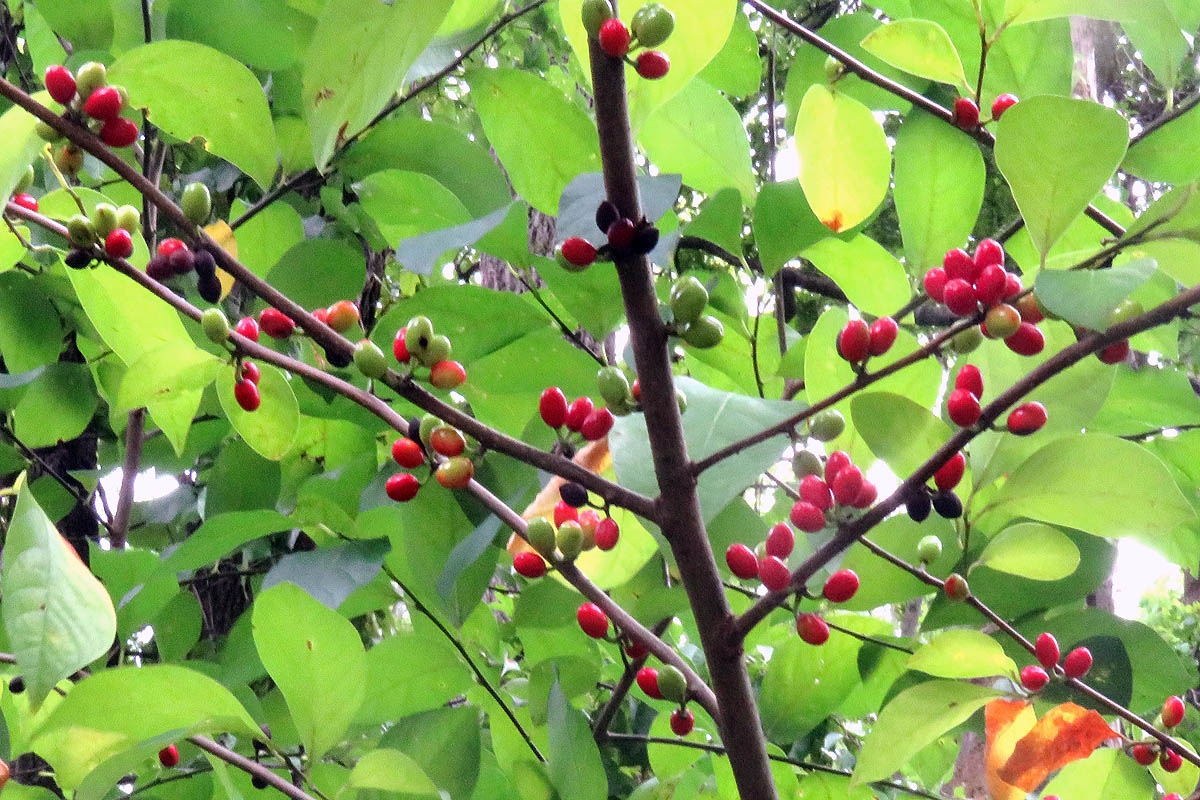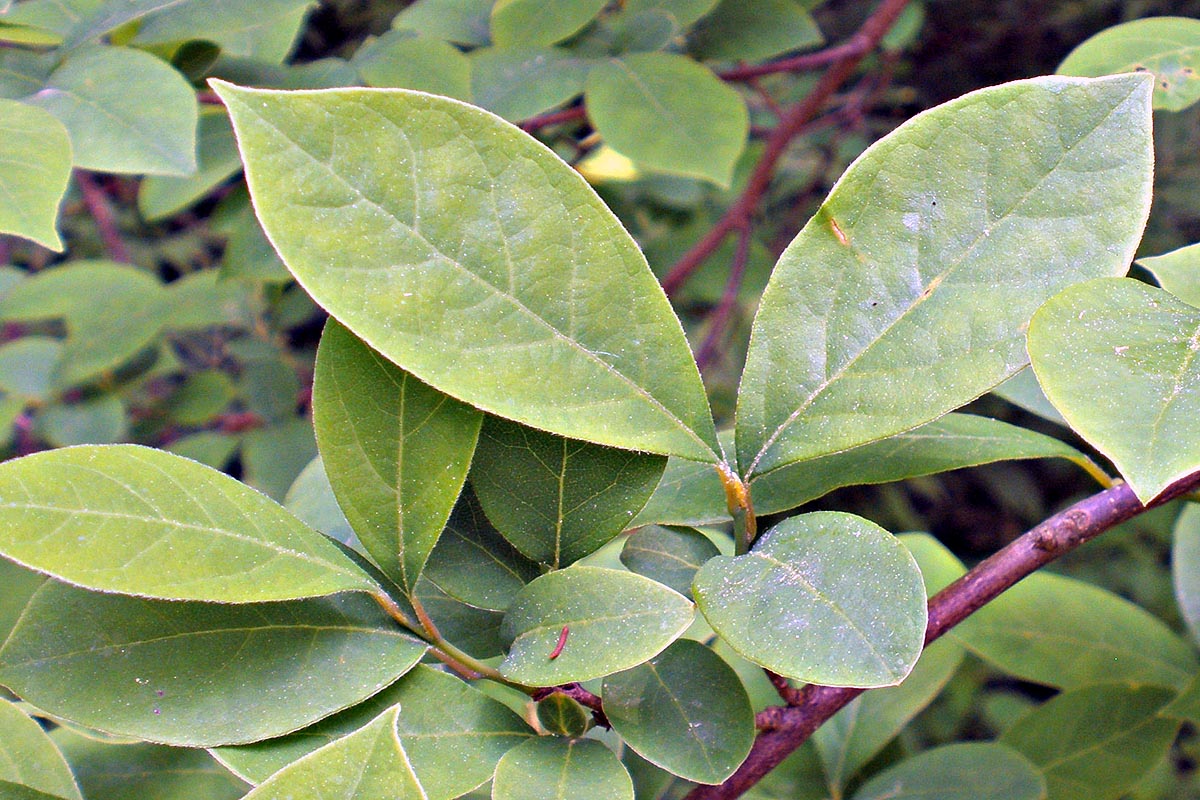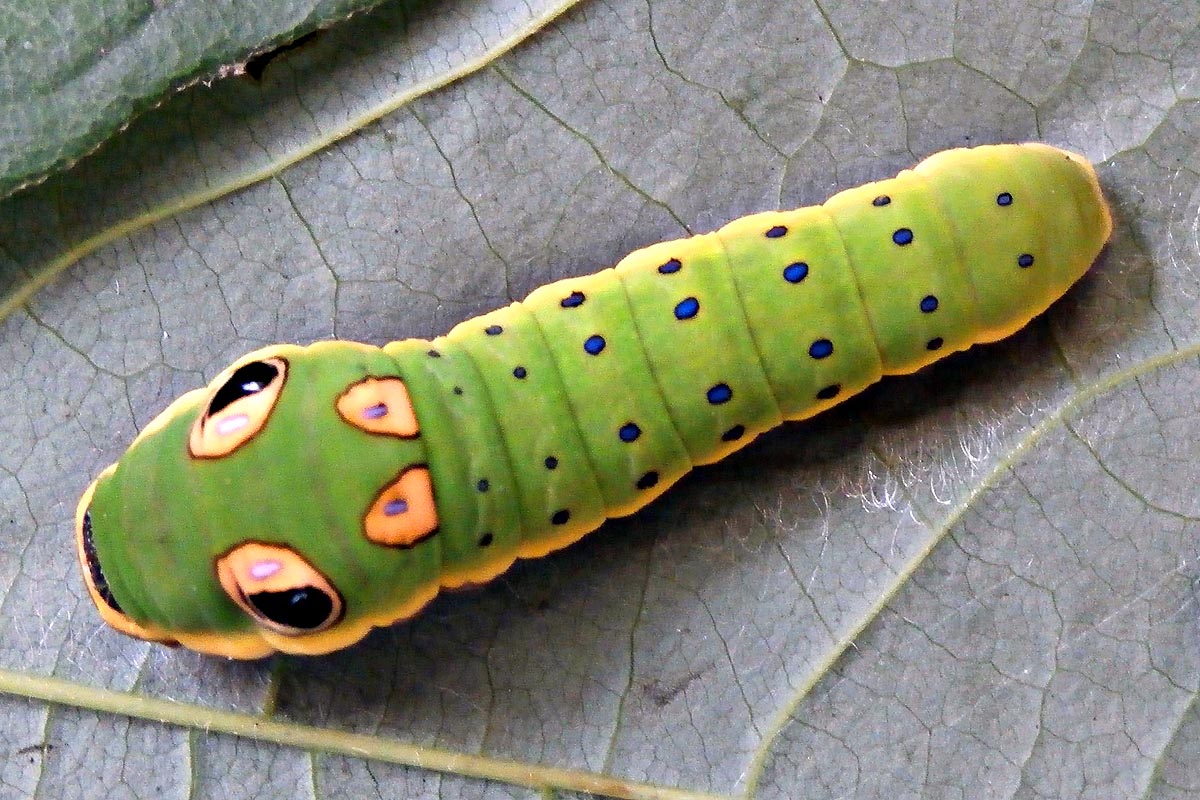One of the best Native American shrubs or trees to grow in interested in a wildlife garden or have areas of shade where you need understory trees or shrubs. Spicebush is very aromatic with a spicy tang to the leaves and twigs making it resistant to wildlife browsing. It also has lovely bright yellow flowers in the early spring about the time that snowdrops bloom making it very important to early pollinators as a food source. While the flowers are not particularly showy they do brighten shaded areas. There are both male and female trees with the ones of the male being slightly larger and brighter than the females. The women make up for it but producing beautiful bright red berries in the autumn/fall that are edible and can be either eaten fresh or ground up (with the seed which you dont want to eat fresh) and used as a substitute for allspice. The seeds have a high fat content making them desirable to wildlife so while they may not eat the leaves they will eat the berries. The leaves are however host to some of our most beautiful butterflies and moths. Hardy from zone 4-9 its a perfect understory tree for woodlands and the twigs and young leaves make a wonderful refreshing tea that is also medicinal.
Spice bush has male and female bushes so the flowers are different. Both produce flowers in clusters from nodes on the smaller branches. The male flowers are slightly larger than the females and consist of a double circle of stamens each with two anthers backed by small petals. These flowers area about 1/8 -3/16 inch(4 mm) in diameter. Female flowers are smaller 1/16-1/8 inch (2-4 mm) diameter. These have slightly larger petals and a single stigma in the center of the flower. While Spicebush has gained the name 'forsythia of the forest' due to its yellow flowers they are quite small in comparison and can be easily missed by passers by in a forest setting.
Female flowers are followed by olive shaped bright red edible berries about 1/2-3/4 inch (1.2-1.7 cm) long containing a single seed. Berry flesh is spicy with a slight perfume. They can be very prolific and obvious on some bushes while on others they are obscured by leaves until these fall.
The leaves are ovate to elliptic shaped leaves dark green on the upper surface and lighter below usually about 6 inches (15cm) long and up to 2.5 inches (6cm) wide. They are arranged alternately on the thin branches and decrease in size down the branch. They are extremely fragrant with a spicy nutmeg like aroma and turn a beautiful bright yellow in autumn/fall.
Spicebush is hardy to from zones 4-9 and due to its aromatic nature is fairly deer resistant.
Seeds need to be stratified before they will germinate. All our seeds come with Stratification Instructions so you can determine the best method for you.
Soak seeds in cold water for 24 hours before proceeding with any stratification method. While our seeds are kept moist they are not stimulated for germination.
While many sources state that 120 days of stratification is required research has shown that almost all seeds will germinate after 84 days, a few will germinate without stratification but we recommend stratifying all seeds for best results. This research also stated that exposing to a warm period before stratification decreased germination rates so keeping your seeds cold is important even before stratifying them.
Once stratification is complete sow in small individual pots or 2-3 to a larger pots. This way there is little disturbance of ungerminated seeds when some sprout and need to be transplanted. Place pots in cool but not cold area with light until germinated do not place on a heat pad!
Once germinated transplant to their own pots and grow on until at least 6-8 inches (15-20.5cm) tall before considering transplanting. Keep in a lightly shaded location during this time. If intending to plant in full sun gradually expose the seedlings to sunlight and ensure they are fully hardened off before transplanting to their final location.
Ensure that new transplants are protected from browsing animals as small seedlings have not get produced strong aromatic compounds to protect themselves. Once seedlings reach 12-14 inches (30.5-35.5cm) they should be safe from browsing unless there is little or no food around then browsers will eat anything.
Water. In the wild it is usually found growing near lakes, rivers, streams and on ground that provides a good amount of water or that will flood during heavy rains. In dryer areas of if there is a drought extra water may be needed for good results. While plants can survive a drought if they are in a shaded location even on well drained soils this will be far more difficult in full sun.
Soil. It likes rich loamy soil that holds water and does not do as well on sandy well draining soils although it will grow there. If you have a location near water this will be ideal. Adding compost as an amendment to most soils will always be a benefit to this shrub and a top dressing each year will be appreciated. In woodland settings just allow the leaves from the taller trees to remain around the base as fertilizer
Light levels. the amount of light is gong to depend on your zone. For best results suggest full sun in zones 4-5b with some shade, such as woodland edges and north side of structures for zones 6a - 7b and interior woodlands and more shaded locations for 8-9. This shrub/tree is used to colder conditions and while adaptable will not do well in full sun in these hotter locations. Choose an area where there is through breeze to help keep the plant cooler.
Fruit production. If berries are required then its important to grow several trees as its impossible to know which sex the plant is until it flowers. Once all trees have flowered then excess males can be removed allow at least two male plants for several females and keep plants fairly close together to ensure pollinators fly from one tree to the next. We also recommend some sunshine for fruit production woodland edges where trees receive morning or evening sun is idea and plenty of water. Trees growing in the understory are poor fruit producers even if grow close together.
While bushes are not attractive to browsers the fruits which are highly nutritious are highly desirable to wildlife and trees/shrubs will need protecting if you want to harvest any fruit.
Please do not evict caterpillars from your trees and shrubs, many species have become endangered and often close to extinct due to gardeners removed 'bugs' from their plants then wondering where all the butterflies went.
The flowers are important to many early flying pollinators are they appear long before most other flowers are bring much needed food to hungry insects just out of hibernation and looking for food for themselves and their young. It is especially important to honey bees, ground nesting bees and some small native bees.
The fruits are highly nutritious the seeds have a high fat content which gives much needed energy to migrating birds and over 20 species will seek out the fruits including from song birds such as Thrushes, Robins, Kingbirds, Flycatchers to game birds like Pheasant, Quail and turkeys.
Rodents and other animals also eat the fruits such as deer, rabbits, raccoons, and possums, and all kinds of smaller rodents.
Harvesting Spicebush (Lindera benzoin).
Berries: when they have turned red. If producing for fruit ensure that bushes are protected as wildlife will eat them. Including birds so a fence will not be enough.
Flowers: when in bloom. If fruits are desired collect only the male flowers are several days so pollination can take place first.
Twigs: The young grow is considered the best and can be harvested at any time during the growing season.
Leaves: when mature, glossy and green.
All can be harvested and dried for later use.
A more recent study found that a tincture of the bark was effective in combating Candida albicans.


